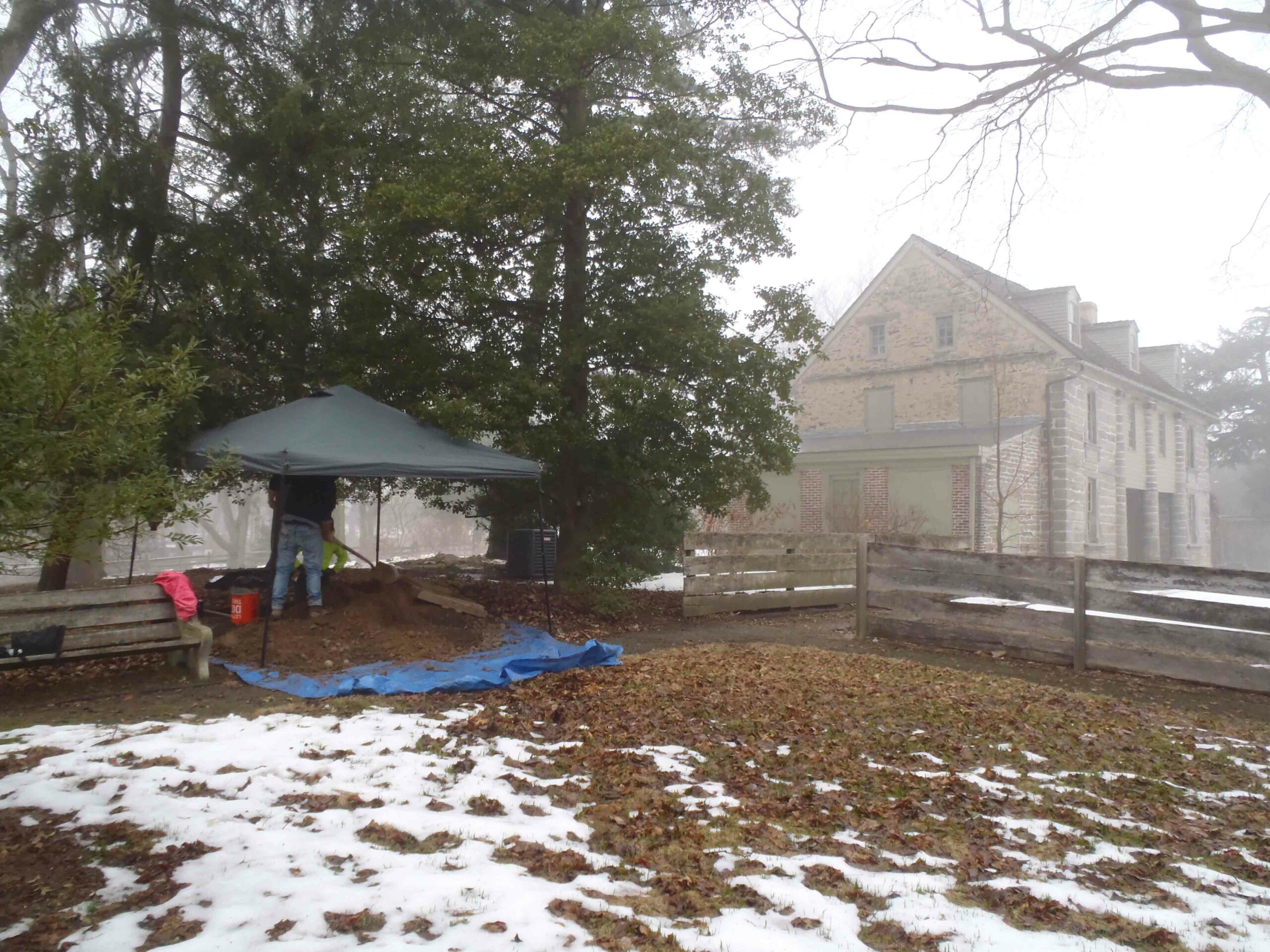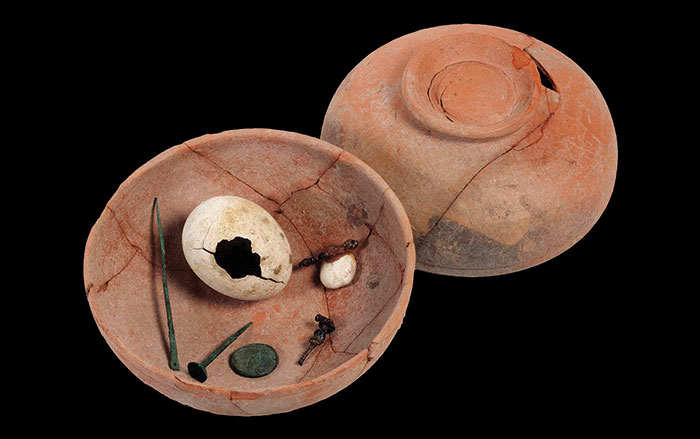
SALT LAKE CITY, UTAH—Biologist David Carrier and physician Michael H. Morgan of the University of Utah argue that the legs, hands, posture, and faces of early humans, especially creatures in the genus Australopithecus, evolved around the need to fight. “Importantly these facial features appear in the fossil record at approximately the same time that our ancestors evolved hand proportions that allow the formation of a fist. Together these observations suggest that many of the facial features that characterize early hominins may have evolved to protect the face from injury during fighting with fists,” Carrier told Science Daily. The robust faces of our early ancestors are usually attributed to the need to chew hard-to-crush foods. “These bones are also the parts of the skull that show the greatest difference between males and females in both australopiths and humans. In other words, male and female faces are different because the parts of the skull that break in fights are bigger in males,” Carrier explained.










